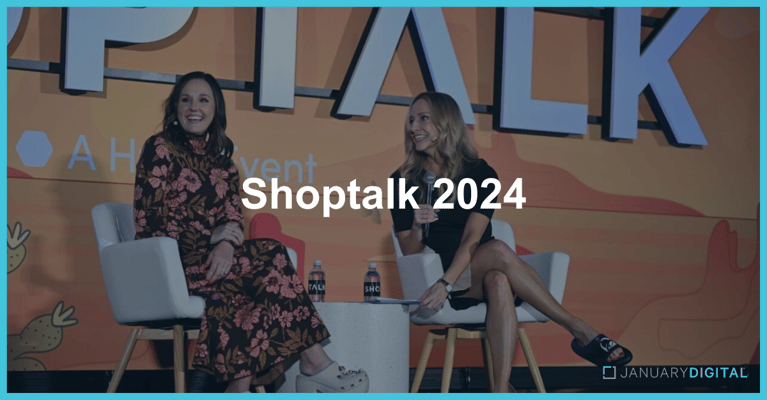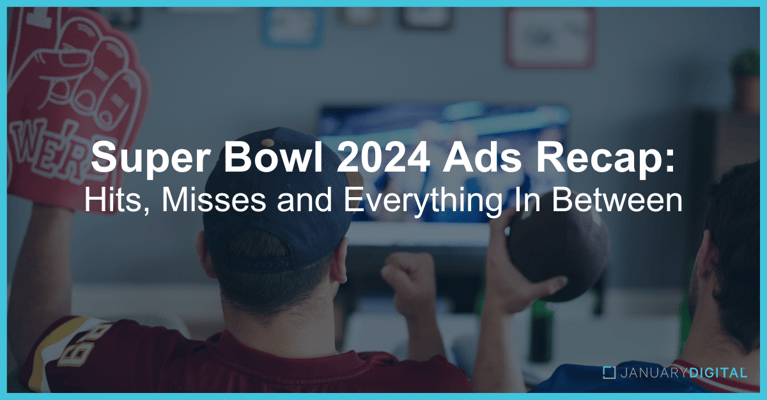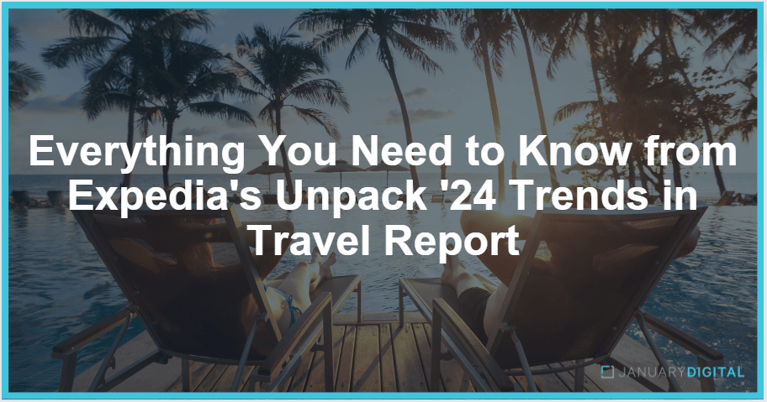Recent News
Now that Shoptalk 2024 has come to an end, we can reflect on nights at the blackjack table, the electric Ludacris concert, and the compelling conversations that drew us to Vegas in the first…
Every year, millions of Americans tune in to the Super Bowl. Most watch the programming for the game, while others are interested in witnessing the competition among brands vying to capture the…
If we learned anything from cyber week performance or 2024 predictions, it is that more and more consumers are shifting their spending from shopping to experiences. Mastercard’s 2023 Travel…




